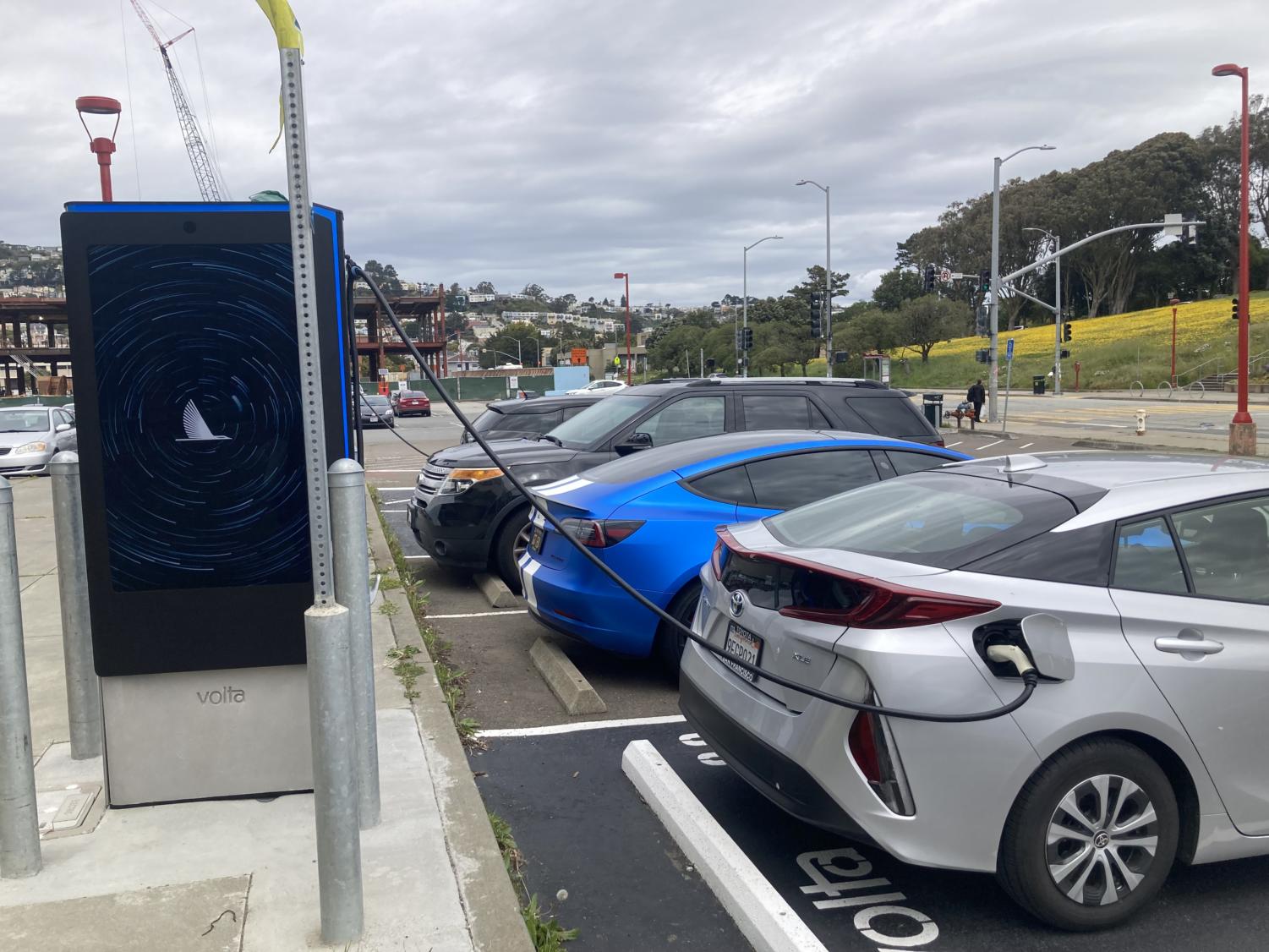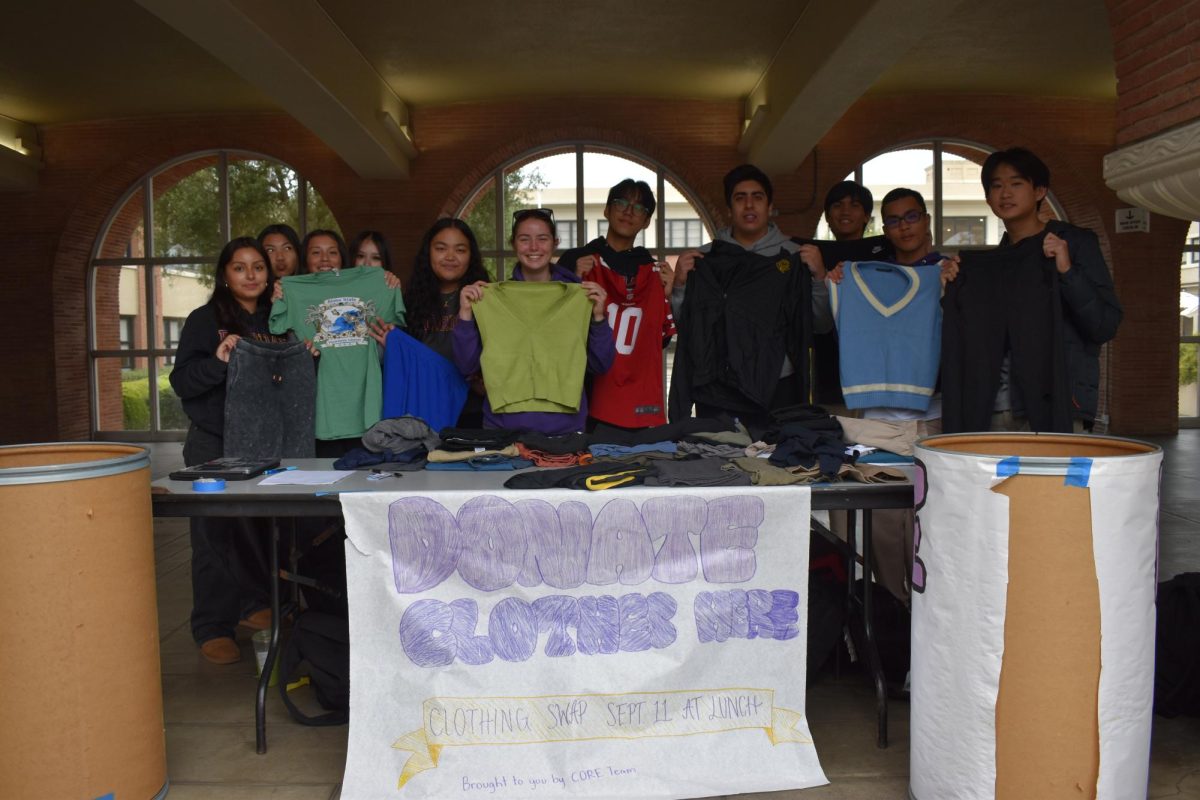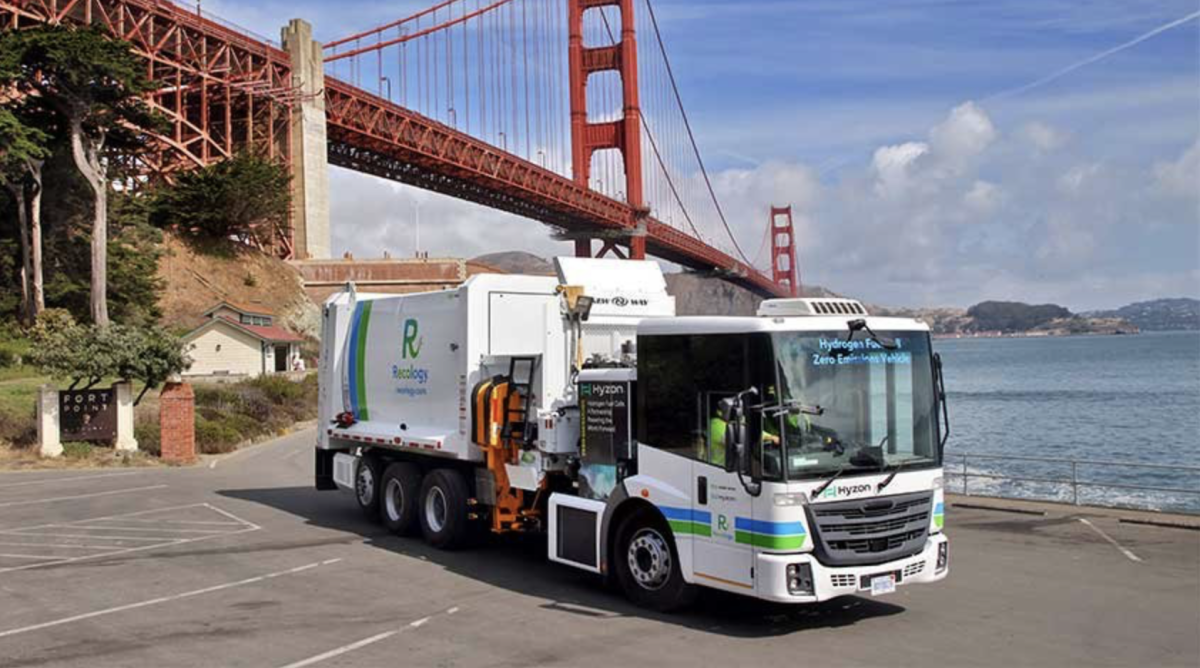California is a massive state in terms of economy and population. With almost 40 million inhabitants and a $3.5 trillion GDP, it would be the 35th most populated country and almost the fourth biggest economy. With a state so enormous and dense, the carbon output is also enormous and dense, being 10 percent of the entire nation’s emissions.
So, when Governor Gavin Newsom released his plan for Net-Zero carbon emissions on Nov. 16, 2022, it was hard not to notice.
“It’s the most ambitious set of climate goals of any jurisdiction in the world,” said Gavin Newsom in a news conference.
The revised climate plan is set to expend at least $54 billion towards this goal. It also plans for the state’s electrical grid to be 100 percent clean energy by 2045.
The question is thus brought to how the state proposes to achieve the ambitious task. Well, the first step is to look into what causes the state’s pollution in the first place. Some 38 percent of the whole state’s output is produced by transportation (mainly cars); 23 percent is produced by industrial usage; 16 percent on electricity; 10 percent on commercial and residential; 9 percent Agricultural and Forestry; and 8 percent on miscellaneous usage.
With the largest amount of emissions coming from vehicles, it is no surprise that more than half of all the funds goes towards tackling this emitter. With this, $28.3 billion are being put towards better means of transport, with many raising complaints over its mass spending on electric vehicles.
Many say that electric vehicles are just as bad as regular vehicles, and many others say that cars as a whole are the issue, not just the fuel.
Well, $13.8 billion of this fund would go towards public transit. An additional $6.6 billion will be spent towards carbonless electricity. “If buses were better regulated, then I’d honestly use them more,” said Zeke Pfeffer ’24.
Many billions more are going to be spent towards farmers, science, wildfire extermination/prevention, wildlife restoration, cleaner air, and drought prevention. Even if these aren’t the strongest of goals they are significantly more than most large and economically important world regions.
The California government’s website proudly touts that it’s the “World’s first plan to achieve net-zero Carbon pollution.” Plus, the old plan set carbon neutrality for 2050, while the new plan is for 2045.
California is a state dealing with severe climate disasters, such as the sun-reddening wildfires, maddening droughts, and crazed rainstorms. It is a signal of hope that the state government is listening and trying to prevent further catastrophes.
Pfeffer said, “If the technology works, then you have to use it.”








